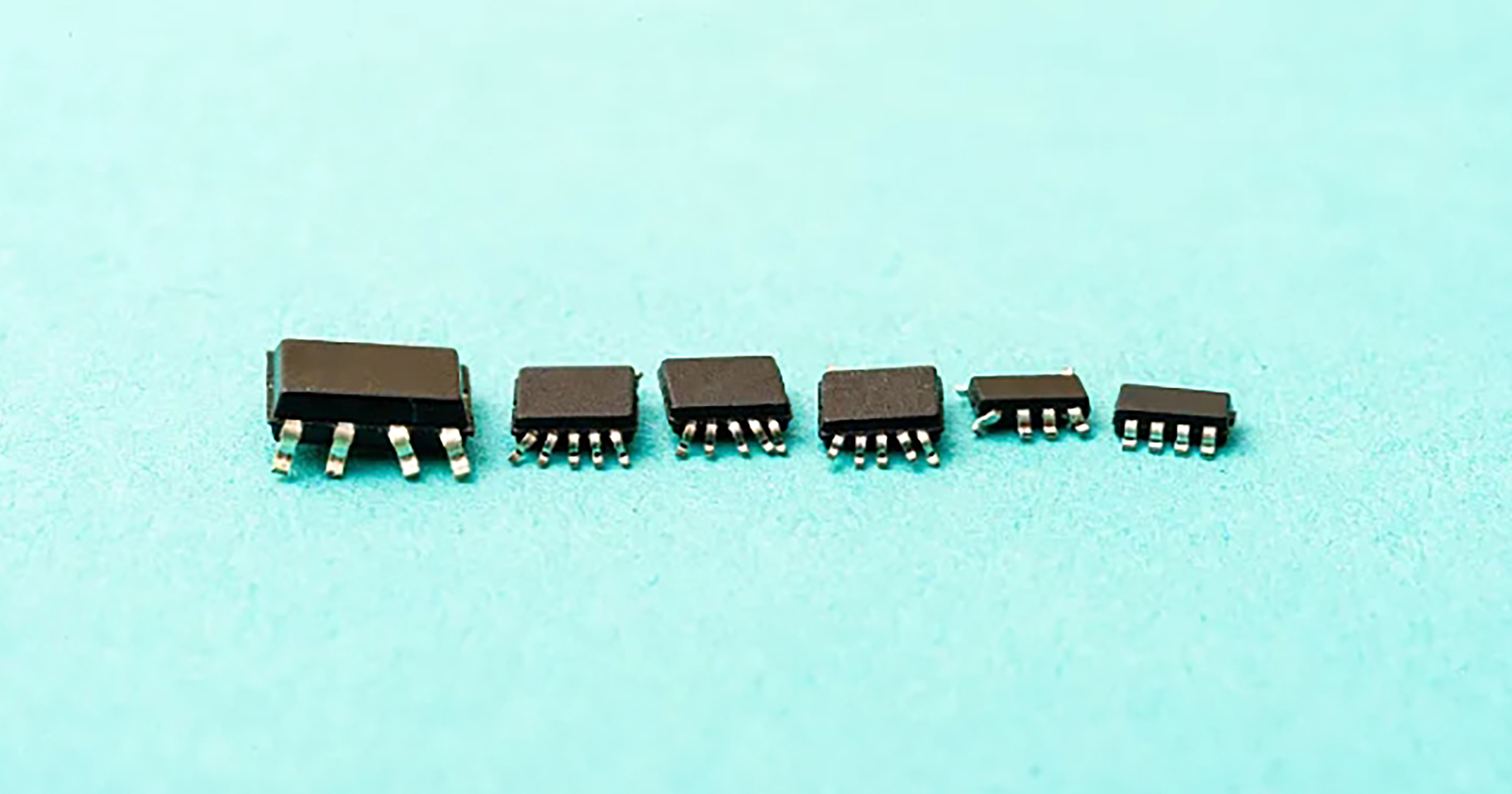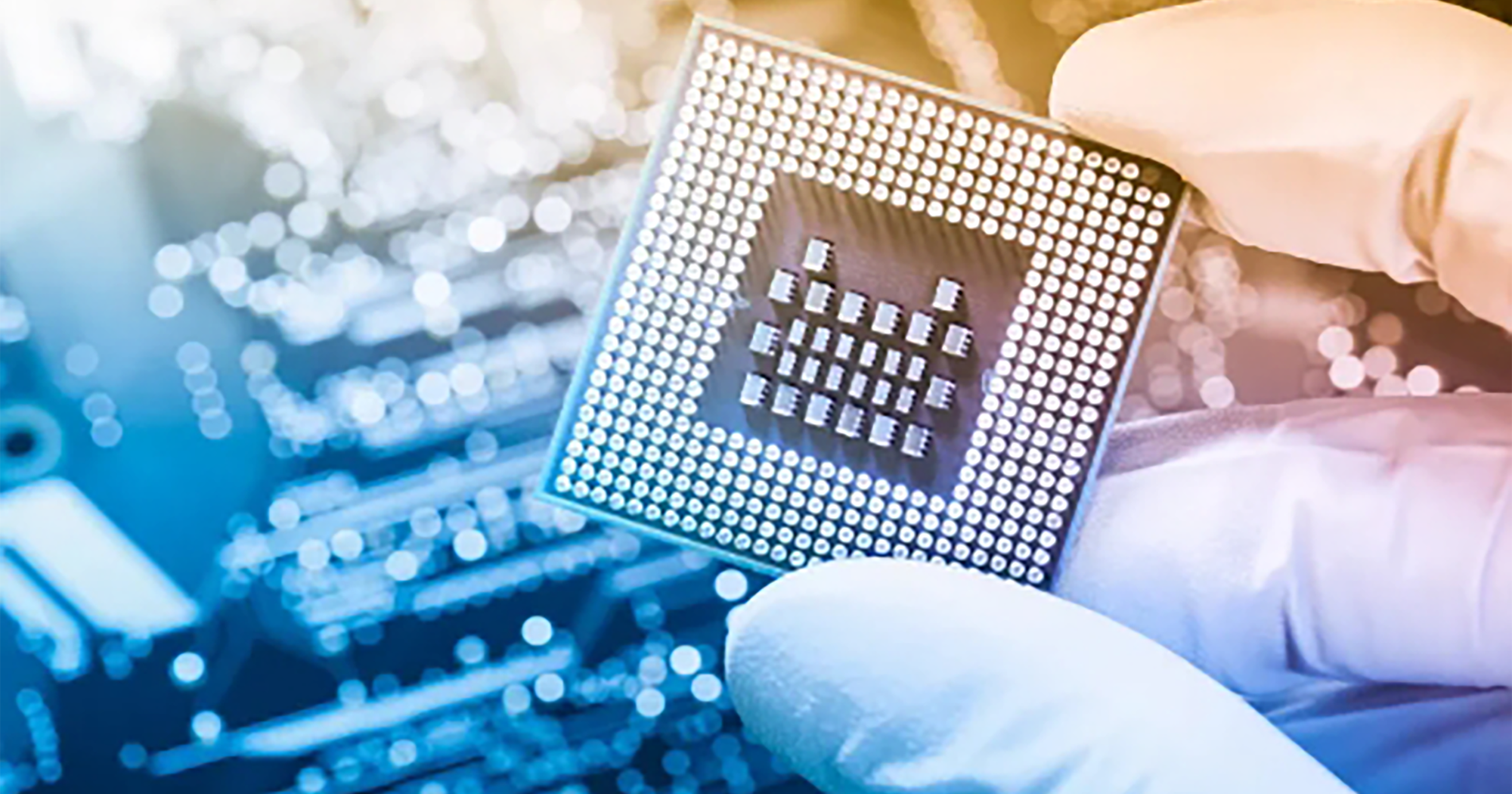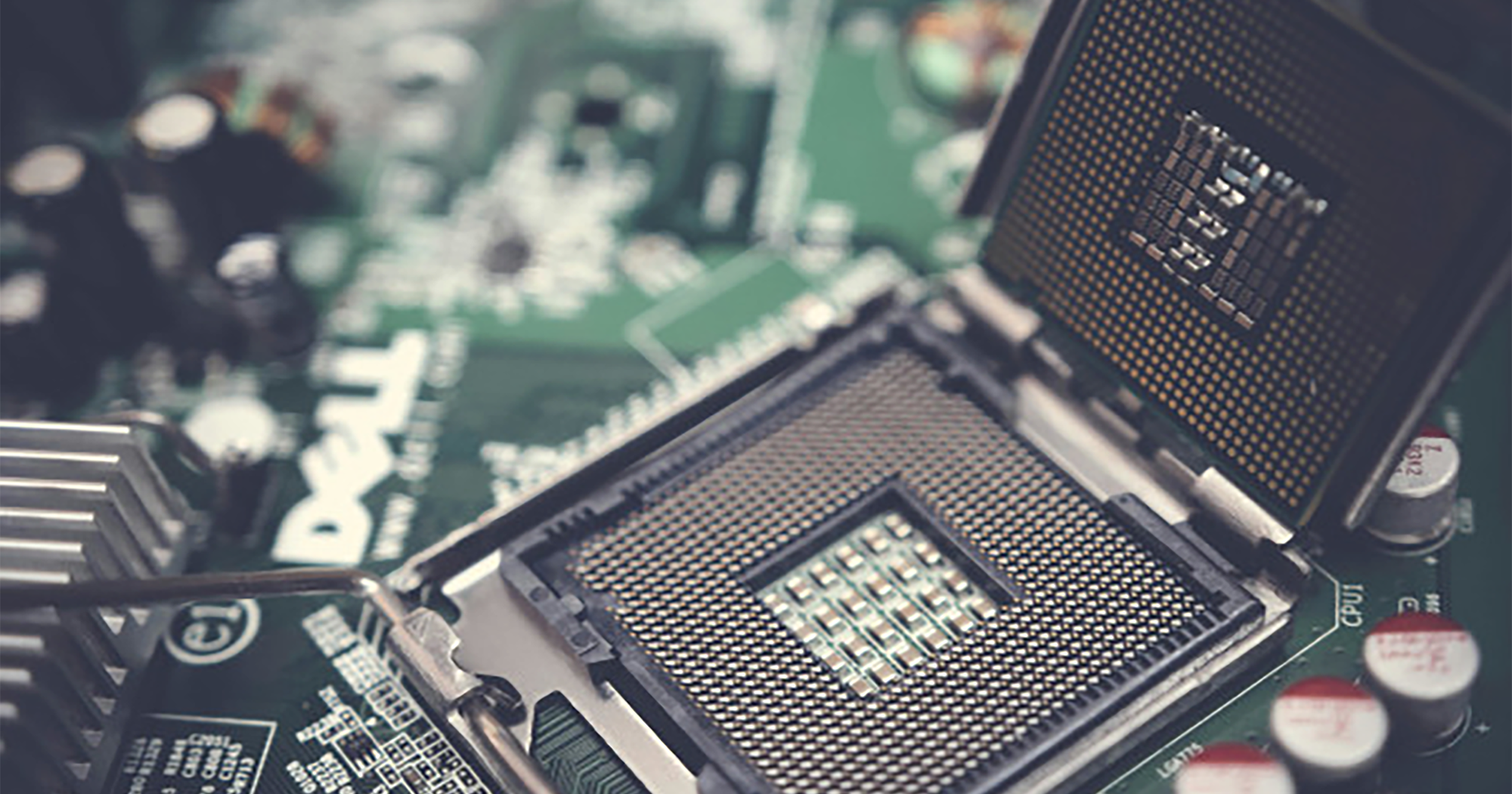Optical Position Sensors Empower a New Era of Autonomous Driving
Autonomous driving can refer to both self-driving cars and automated cars. It usually refers to cars with different levels of automation - those that assist the driver and those that can be operated independently. In the automotive industry, automated vehicles (AVs) are at the forefront of innovations that have the potential to revolutionise transport by improving convenience, safety and efficiency. Optical position sensors are at the heart of these improvements and are critical to an AV's ability to explore and interact with its surroundings.
What is an optical position sensor?
An optical position sensor is a component that uses light-based technology to detect and quantify the position of an object relative to a reference point. These sensors are critical to self-driving cars because they can provide accurate information about their surroundings and help the car make decisions. According to Consegic Business Intelligence report, the optical position sensors market size is expected to grow from USD 2,791.09 million in 2022 to USD 6,101.94 million by 2030, at a CAGR of 10.50% from 2023 to 2030. Optical position sensors help self-driving cars to understand their surroundings in real-time by converting light into electrical impulses for precise navigation and obstacle recognition.
Types of Optical Position Sensors
There are various types of optical sensors on the market, each with their own unique functions and uses. Laser pulses are used in LiDAR (Laser Radar) to generate high-resolution 3D maps of the surroundings for accurate object detection and distance measurement. To distinguish between other vehicles, lane markings and road signs, both monocular and stereo cameras capture visual data. By detecting heat signals, infrared sensors improve the vehicle's low-light performance and its ability to recognise the presence of humans. These sensors work in tandem to give self-driving cars complete situational awareness.
Enhanced Navigation and Accuracy
Self-driving cars equipped with optical position sensors have much better navigation accuracy. For example, LiDAR systems provide precise spatial information, making it easier for autonomous vehicles (AVs) to navigate complex situations such as city streets and motorways. Cameras help the car perform visual recognition tasks by allowing it to recognise and react to road signs, traffic signals and moving obstacles. Because AVs can perform precise manoeuvres based on real-time data, the driving experience will be smoother and more reliable due to increased accuracy.
Safety and Obstacle Detection
The safety that optical position sensors provide to self-driving cars is one of their greatest strengths. By identifying obstacles and potential hazards, these sensors enable the car to respond quickly and prevent collisions. LIDAR enables long-range and variable weather object recognition, but cameras and infrared sensors provide complementary information that enhances close-range detection and night vision. Optical position sensors greatly reduce the likelihood of accidents by constantly scanning the environment to ensure that autonomous vehicles (AVs) maintain a safe distance from other cars, people and obstacles.
Integration with other Technologies
Sensor fusion produces a comprehensive image of the surrounding environment, combining information from LiDAR, camera, radar and ultrasonic sensors. Through integration, autonomous vehicles (AVs) can improve the reliability and resilience of their sensing systems by cross-validating information. To ensure a smooth and efficient driving experience, AI algorithms interpret this fused data and make intelligent judgements, such as route planning and obstacle avoidance.
Impact on performance and efficiency
Optical position sensors enable autonomous vehicles (AVs) to optimise routes, minimise fuel consumption and reduce travel time by providing accurate and reliable data. There are studies and measurements showing that vehicles equipped with sophisticated optical sensors perform better in terms of energy economy, agility and speed.
Conclusion
The optical position sensors are key to the development of driverless cars as they provide the data needed for accurate navigation, performance and safety. By fusing various sensor types and combining them with Artificial Intelligence (AI) technologies, self-driving cars can achieve a high degree of situational awareness and decision-making capability. While difficulties remain, continued research and development should help overcome them, realising the full potential of optical position sensors and advancing autonomous driving in the future.




